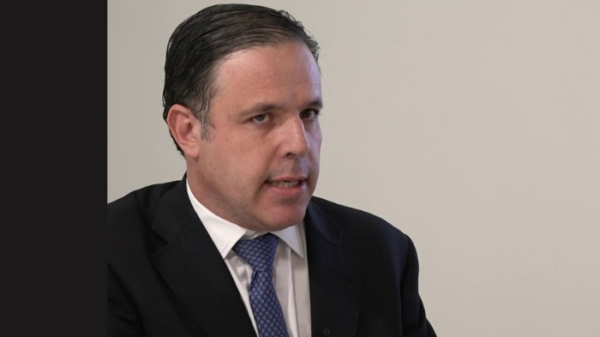Nigerians will soon face higher charges on ATM withdrawals, as the Central Bank of Nigeria (CBN) introduces new fees for both “on-site” and “off-site” transactions. The revised charges, which will take effect from March 1, 2025, aim to address the rising operational costs faced by banks while ensuring efficiency in the banking sector.
The updated fees, announced in a circular by the CBN’s Acting Director of the Financial Policy and Regulation Department, John Onojah, cover both on-site and off-site withdrawals. On-site withdrawals refer to transactions made at ATMs owned by a bank but located outside its branch premises, while off-site withdrawals occur at standalone machines, such as those at shopping centers or airports.
Under the new structure, on-site ATM withdrawals will incur a fee of N100 for every N20,000 withdrawn. For off-site withdrawals, the fee will be N100 plus an additional surcharge of up to N500 per N20,000 withdrawal, bringing the total possible charge to N600.
Withdrawals from an account holder’s own bank’s ATMs will remain free of charge.
The CBN’s revised policy comes as part of efforts to balance the increasing costs of ATM services and enhance the overall efficiency of the banking industry. The central bank aims to encourage wider ATM deployment and ensure that financial institutions apply the appropriate charges for these services.
For international ATM transactions, Nigerian banks will apply a cost-recovery model, meaning that they will pass on the exact charges imposed by foreign banks to customers.
Additionally, the CBN has announced that the three free monthly withdrawals previously allowed for Remote-On-Us (withdrawals from other banks’ ATMs) will no longer apply.
While the increase in withdrawal fees is expected to help address the mounting operational expenses faced by banks, it may lead to a reduction in ATM usage. This could have a particularly significant impact in rural and semi-urban areas where digital payments have not yet gained widespread adoption.














































































































